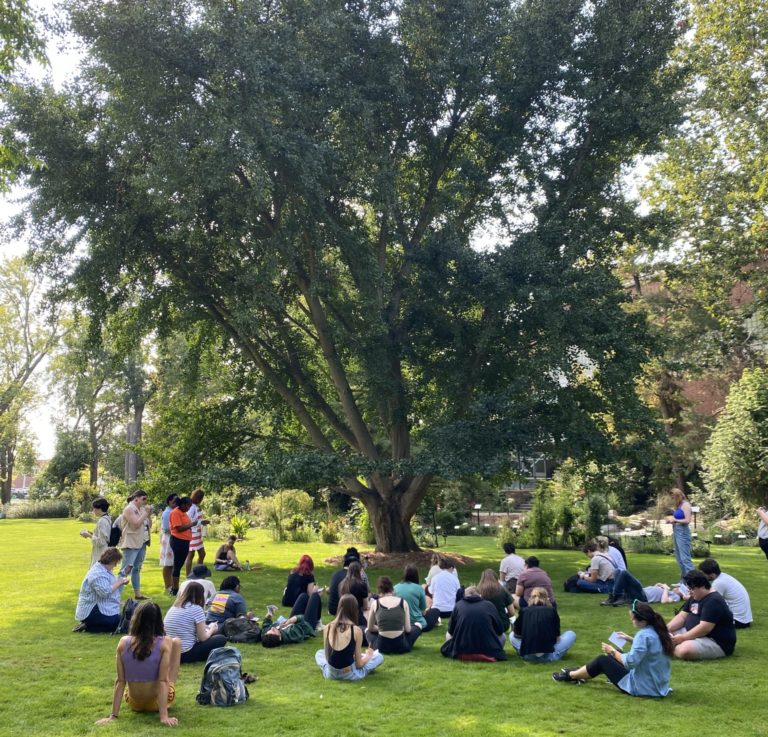Application Materials – A Tricky Genre To Master

By: Ceili
So, you’ve decided to apply for something. You’ve taken notes on the application requirements, mentally planned your timeline, updated your resume/CV, and started brainstorming narratives to use in your statements. What next?
Application materials are a tricky genre to master because the writer has to balance a lot of rhetorical moves at once; answering the prompt, staying within word count, telling a story, and showing their best side to the adjudicator or reader.
I’ve been at the MSU Writing Center for several years, and in that time, I have developed an easy set of guidelines for application materials that center the writer’s narrative in the formulaic style of writing application materials. In this blog post, I’ll walk through the top three pieces of advice I usually tell writers as we work through application materials. The advice can be applied to any sort of application; jobs, scholarships, study abroad, Broad business, medical school/residency statements, etc.
Tip #1: Don’t edit and write at the same time.
This is a very common thing for writers with high-stakes deadlines to do because our natural impulse is to make sure that everything that goes on the page is the best it can be. But trying to edit and add content at the same time can make the writing process more stressful. Leaving cutting the piece down for length and editing for formality until the end of the process frees the writer to add more content as needed and can help them make stronger rhetorical moves while developing their narratives.
Tip #2: Answer the prompt.
One of the primary evaluation criteria for applications is the ability to answer the prompt. If a writer ignores the prompt in favor of adding external information, the application can be rejected right away. Always evaluate your narrative against answering the prompt, and make sure that your readers can pick up on your answer. One of the easiest ways to do this is make an appointment with the MSU Writing Center with the specific goal of evaluating whether the piece answers the prompt. You can also use strategies such as highlighting where you specifically answer the prompt, or putting the question directly into your outline as you develop your piece.
Tip #3: Why you, why them, why does it matter?
I developed this set of questions to make it easy for writers to appeal to the application reader or adjudicator. The first question, “why are you a good fit for what you’re applying to?” is usually included in the prompt already. Getting writers thinking about what unique things make them a good fit for the application helps develop confidence and self-expression. This is not to be confused with the second question, “why is this a good fit for you?” Because the second question digs into why the thing that is being applied to appeals to the applicant. Being able to cite specific things about each unique program can be difficult for application materials such as medical school secondaries, but application readers are often looking for evidence that the applicant has done their research and are applying because of the unique offerings available. In short, the applications are looking to see if they are being held in unique regard by the applicants. The final question, “why does it matter?” is important to spend time thinking on because either the prompt or the follow up interviews often ask it. Similar to question two, the application readers want to see the passion and drive in each applicant and want to know why this application matters. In a world of endless opportunity, why is the applicant pursuing this specific application? What are their goals beyond this application? Why does it matter?
These three tips are meant to generate a writer-centered approach to application materials and cut down on application stress. In my experience, the most difficult application prompts to answer are ones like, “describe yourself,” which seems simple enough, but under the pressure of a high-stakes deadline like an application can become impossible. Application materials are a tricky genre to master, but the more you can break down the process and adhere to the application guidelines, the easier the process will become.


